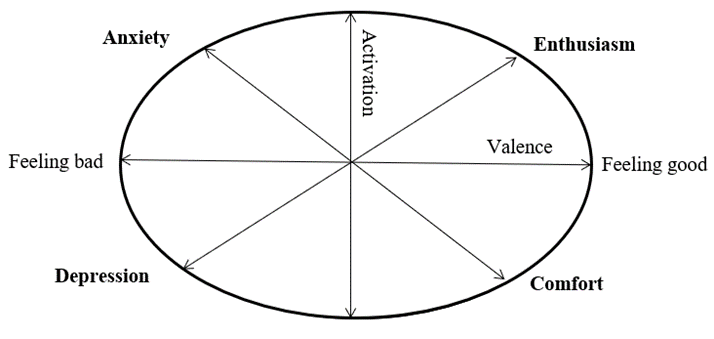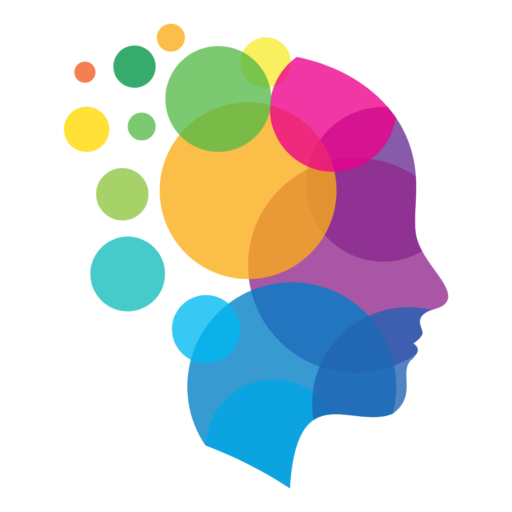Fast-paced work environments can detrimentally impact employee well-being. According to recent research, 82% of U.K. office workers think their employers should support their health and well-being [1]. Conversely, despite the millions spent on employee well-being schemes, the estimated cost of poor mental health in the U.K. has increased by 25% since 2019, reaching an annual total of £53-56 billion in 2020-21 [2].
However, what if there was a simple, cost-effective and transformational tool to improve the work experience? Welcome to the world of work-related gratitude! In this blog, we delve into a recent study of the positive affective well-being outcomes from a work-related gratitude journalling intervention conducted over ten consecutive workdays, delivered using an app.
What’s work-related gratitude?
Work-related gratitude is “the intentional choice to engage in positive appraisals and feelings of thankfulness and appreciation toward the characteristics, situations, and people currently present in one’s context” [3]. Effectively, work gratitude involves:
- Grateful appraisals (positive, cognitive appraisals of work characteristics and situations)
- Gratitude toward others (social appreciation toward the contribution of others)
- Adopting an Intentional attitude of gratitude (purposefully enumerating, enjoying, and being mindful of positive aspects of work)
Sadly, there is a disconnect between what employees desire and receive from employers [4]. Studies show that gratitude could improve employees’ lives, but more workplace research is needed [5]. Leaders must address this gap to understand gratitude’s role in the workplace better and meet employees’ expectations.
How do you implement work-related gratitude?
Gratitude interventions enhance gratitude through exercises that can be easily practised and incorporated into one’s life. Gratitude journalling is a commonly studied intervention that enhances well-being [6]. Participants write down three things that went well that day every night and their causes over a specific period (known as the Three Good Things exercise). The effects depend on how people approach the activity, as participants need both a “will” (effort and motivation) and an appropriate “way” (effective intervention).
The smartphone app may provide the ‘will’ and the ‘way’ and is the most common mental health and well-being tool used in the U.K. workforce [7]. Apps are easily accessible, always available and cost-effective.
Why does work-related gratitude enhance employee well-being?
In this recent study, 23 participants from diverse industries and countries completed questionnaires measuring their gratitude and well-being levels at pre-, post-, and two-week follow-up intervals. At post-, participants completed an experience-level questionnaire on gratitude journalling and app use. Participants were 18 or older, worked at least 20 hours per week, and interacted weekly with organisational members.
The Broaden-and-Build Theory assumes that positive and negative emotions function differently [8]. Negative emotions can arise in dangerous situations, triggering actions such as attacking when angry or escaping when afraid. This can narrow one’s response options and quickly select a course of action. Positive emotions usually do not occur under such conditions and tend to elicit a broader and more flexible range of thoughts and action tendencies.
Gratitude journalling led to a small increase in grateful appraisals
Experiencing grateful appraisals may help people have the urge to discover novel and creative actions, ideas and social bonds. Importantly, responses to positive emotions such as gratitude are likely to be durable and help build personal resources ranging from physical and intellectual to social and psychological.
Gratitude journalling led to a small increase in intentional attitude of gratitude
Positive emotions may trigger other positive emotions, compounding slowly over time to adopt an intentional attitude of gratitude and positive affect that improves well-being.
The Find, Bind, and Remind Theory suggests that gratitude can strengthen interpersonal relationships and enhance well-being [9]. Feelings of gratitude toward others may help “find” people who are suitable candidates for quality future relationships or help “remind” people of the importance of an existing relationship and can “bind” the relationship by increasing motivation to engage in relationship-strengthening behaviour.
Gratitude journalling led to no change in gratitude toward others
Building workplace social structures may take more than ten consecutive days. Asking for help may be perceived as a sign of weakness in high-performance environments, and thanking someone may mean admitting they could not do it alone [10,11]. Furthermore, cultivating work-related gratitude should not ignore workplace problems such as mistreatment.
Affective well-being is the frequency and intensity with which employees experience positive and negative affect. The Circumflex Model of Affect (see Figure 1) suggests that emotions are distributed in a two-dimensional circular space, arousal or activation (emotional intensity) and pleasure or valence (positive or negative dimensions) [12].

Figure 1. Circumflex Model of Affect
The four affective quadrants can be extrapolated into the work domain to map emotions to organisational outcomes [13]. The top left quadrant of anxiety is associated with counterproductive behaviour. The bottom left quadrant of depression relates to disengaged actions such as organisational silence. The quadrant combination relates to all negative affect.
Gratitude journalling led only to a small reduction in all negative affect
The top right quadrant of enthusiasm is related to creativity or proactivity. The bottom right of comfort is linked to work proficiency. The quadrant combinations relate to all positive affect.
Gratitude journalling led to a large increase in enthusiasm, comfort, and all positive affect
The diagonal axes (see Figure 2) bring valence (pleasure) and activation (arousal) together, ranging from depression-enthusiasm to anxiety-comfort [14].

Figure 2. Depression-Enthusiasm and Anxiety-Comfort
Gratitude journalling led to a greater positive shift along the depression-enthusiasm axis than the anxiety-comfort axis.
The difference in axis may lie in work variables with high job demands and perceived threats related to anxiety-comfort, in other words, job-related anxiety. Finally,
Participants responded positively to the intervention delivered by the app.
This suggests that the app can provide the “will” and the “way”!
What can organisations do?
By utilising the latest delivery methods, gratitude interventions can assist organisations in recognising and addressing issues related to employee well-being and organisational outcomes. This approach facilitates the proactive promotion of work gratitude, bridging the gap between employees’ expressed and desired levels. Organisations can then adopt a preventative approach to address complete mental health, and one effective strategy is to support employees in developing high levels of gratitude.
References:
[1] Deloitte (2022)
[2] Vitality (2022)
[3] Youssef-Morgan, van Zyl, and Ahrens (2022)
[4] Fehr, Zheng, Guo, Song, and Ni (2020)
[5] Locklear, Sheridan, and Kong (2022)
[6] Jans-Beken, Jacobs, Janssens, Peeters, Reijnders, Lechner, and Lataster (2019)
[7] Deloitte (2022)
[8] Fredrickson (2001)
[9] Algoe (2012)
[10] Baker (2020)
[11] Brooks, Gino, and Schweitzer (2015)
[12] Russell (1980)
[13] Madrid and Patterson (2014)
[14] Warr, Sánchez-Cardona, Taneva, Vera, Bindl, and Cifre (2020)


Leave a Reply